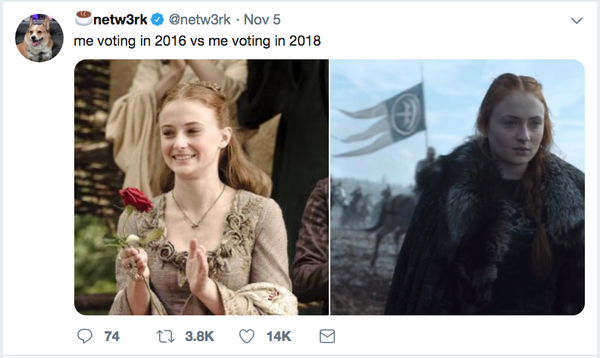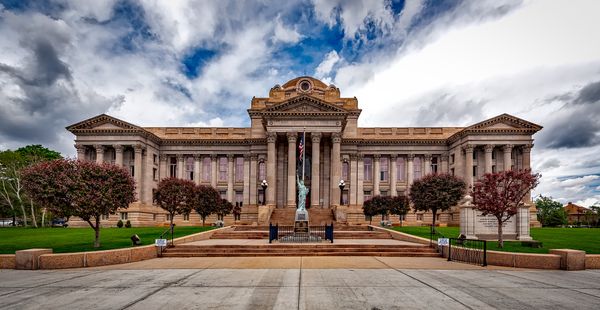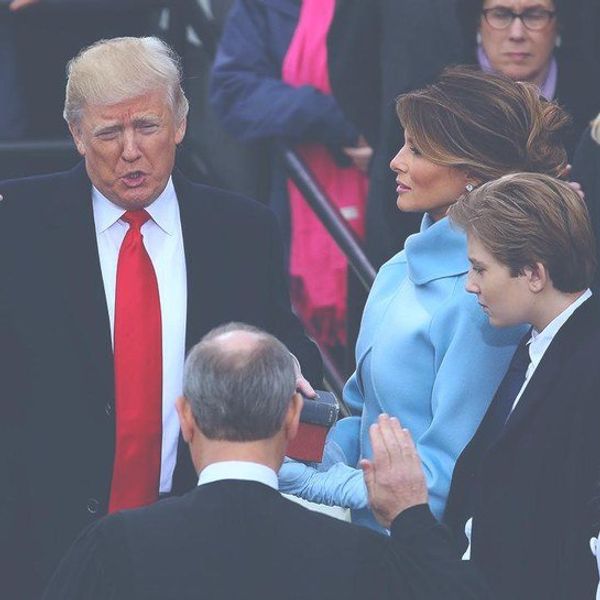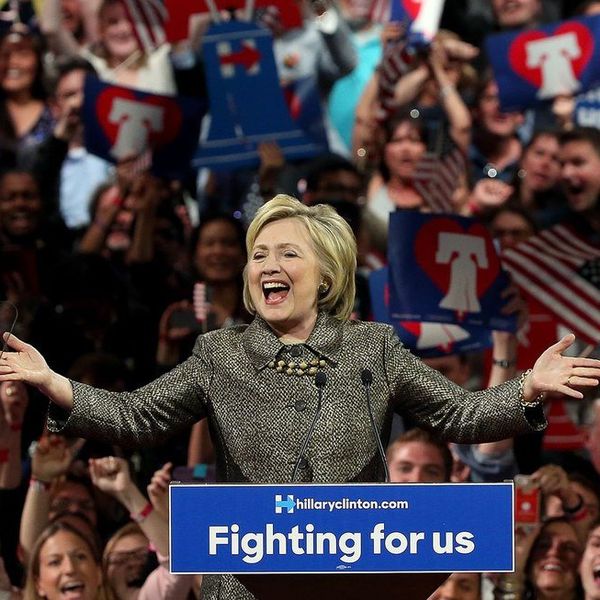Although America is one nation full of people who hold a wide array of beliefs and political opinions, it is still one nation which believes in certain common ideals and tenets. All Americans would come together if our freedoms and safety were threatened, regardless of how deep our political divisions may be. Some of our differences are immense and seem insurmountable, but this does not mean that we are on the verge of an irreversible or permanent separation. Our differences give us strength, because we are able to converge from many different backgrounds to solve issues. Additionally, if we did not have opposing beliefs and groups, then we would not be a successful Democratic country. The polarization of American political ideologies can be compared to a large tree with many branches. There are many branches with some longer than others, some may fuller than others, but we still constitute one tree with one core. America is diverse, but is certainly still indivisible despite our differences.
A fascinating article from Brooks highlights the differences between Red and Blue America from his point of view as a Democrat in 2001. According to work from Brooks, America can be compared to a high school cafeteria with many cliques that eat separately. There are divisions along class lines, and social issues in the population, but they still make up one whole school. Brooks acknowledges these differences while also highlighting the fact that the country is able to unite when is necessary, especially in the wake of horrific events like 9/11. Brooks goes to a neighboring county of his own to examine the different kinds of lives that “Red America” lives, and he realizes that many of our differences are personal and social more than anything else. He recognizes that “Red America” is more religious and prefers to blend into the crowd, whereas “Blue America” tends to believe they are unique and likes to like life more freely. Although Brooks investigates the extreme differences between both sides of the political divide, he ultimately believes that America is not irreparably severed, “What unites the two Americas, then, is our mutual commitment to this way of life-to the idea that a person is not bound by his class, or by the religion of his fathers, but is free to build a plurality of connections for himself”. I agree with Brooks and his conclusions, however I believe that his research methods limit the validity of his data. Brooks only visited one small area in Pennsylvania to make generalizations about the entire country, which seems too presumptuous and unrepresentative. Additionally, coming from a Democratic background, he wrote in favor of Blue America, making Red America seem more foreign and strange than Blue America. Nevertheless, I do believe that the polarization of Americans is very real, but I do not believe that the separation in ideology will prevent unity and teamwork when it is necessary to come together to heal the nation.
While Brooks argues for a nation that is indeed divided, work from Gentzkow suggests that speculation of a divided nation may only be a myth depending on different interpretations of data. Gentzkow uses a large pool of data from multiple sources to explain that while candidates become more extreme, citizens are not becoming more extreme, and urges that political polarization is due to personal misconceptions.Gentzkow goes on to reference data from self-reported ideological identity surveys to argue that American ideology is not becoming more divided, because more Americans are not identifying with one extreme or the other. However, on self-identification tests, participants can lie easily and may reply in a manner they feel socially acceptable. In the recent past, Americans have identified themselves as more moderate and have continued to identify themselves in a predictable manner. Gentzkow uses data from self-reported ideology surveys to describe the supposed change in political climate, “If anything, there is a small trend in the other direction, with fewer respondents stating a clear party affiliation and more either calling themselves independent or saying they “lean” one way or the other”. Based on the data he claims that Americans are not becoming more extreme, they are more stable, and are becoming more moderate than anything else. This would point to his conclusion, that, statistically speaking, Americans are becoming less extreme in belief. He also uses voting patterns to determine if polarization is growing, in which case voting history does not show a pattern of increase in extreme or unstable voting, and changes in patterns are due to candidates being more extreme, not to voters being more polarized. Lastly, he uses studies from Pew Research Center to bolster his point that the political divide is not only in ideology, it’s in personal matters as well. In the recent past, more and more people from both sides dislike the other side vehemently, and this may be a sign of increased polarization if any, “27 percent of Democrats and 36 percent of Republicans said the opposite party’s policies ‘are so misguided that they threaten the nation’s well-being’.” Ultimately, Gentzkow addresses the common myth that polarization is increasing by revealing a new interpretation of data and viewing the issue from a variety of different scopes.
While many studies and polls may reveal that Americans are behaving normally and not showing alarming signs of polarity, I believe that it is not representative of the true nature of our country. Social differences between Red and Blue America have always been, and will always continue to create two very different worlds inside one united country. I believe that the creation of factions and the formation of “cliques” is common human behavior that is healthy and allows for collaboration amongst people with similar views. Economic divisions between Red and Blue America are a definite factor in the tensions that arise between the two groups, but generalizations are dangerous when addressing economic status of either side, because both sides contain rich and poor people. However, unless all people are equal in wealth, there will always be differences in ideology because of differences in lifestyle that result from wealth differences.
I believe that the truth about polarization in America falls somewhere in the middle of both of these points of view, but I tend to agree more with Brookes. One possible refutation to the argument from Brookes is that if the country can only come together around horrific events like 9/11, then maybe we aren’t coming together as a country, but simply as humans. I firmly believe that however much we may be divided over political issues, at heart, all Americans will vehemently fight for freedom and liberty. We are a nation divided, but not torn.



















